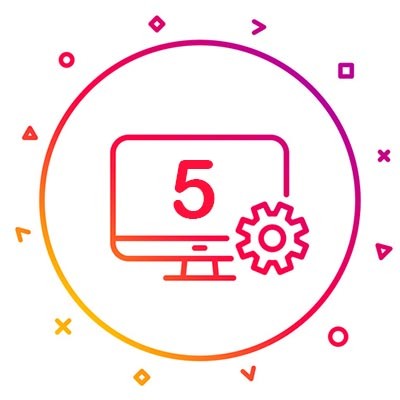PCSOFT Blog
Our Comprehensive Guide to Purchasing a New Computer, Part V
You might think you have all the information you need to make the best decision possible for your business’ computers, but there are a few other odds and ends you should think about. This final part of our computer buying guide will focus on topics that didn’t seem to fit in other parts of our guide.
Deciding on a Brand
Brand can mean the world to some people, but for others it’s nothing but a matter of preference. At the end of the day, all manufacturers, including those like Dell, Asus, Lenovo, HP, and Acer, all have access to the same components and parts. Unless you’re looking at the higher end of the spectrum, it’s likely that your basic component brands won’t mean anything.
Brand makes a big difference when choosing a laptop or all-in-one device. For example, HP and Microsoft have high-end graphic design desktop computers. Microsoft, HP, and Lenovo have laptop options that come with a pen for artists, as well as other specialized hardware that are designed for crucial tasks. You can get a good idea of what devices are used for by reading reviews from big box stores. PCSOFT can help your business determine the best specialized hardware.
Full-Size Desktop vs Compact Desktop
The size of the desktop’s casing will be important as well. Full-size desktops are easier to upgrade and maintain, leading to them costing less. Compact desktops have slimmer towers, but they will have a limited capacity for upgrades. Smaller designs are better for office workstations that are connected to a network or the cloud, when they don’t need the onboard resources to run the needed applications. Gaming PCs and video production machines will require more hardware and possibly even additional cooling devices.
Read Reviews and Benchmarks
There is no shortage of websites out there for information on specific models of computer hardware, but the ones you might find most valuable are those that are on stores you frequent. High-end systems will have more specific information in them by virtue of who’s purchasing them, so you’ll want to pay attention to what works, and for whom.
Bloatware is a Problem
Desktops that come pre-configured will come with preinstalled software. While it’s not always bad, it’s often not good, either. You should remove any software that comes with your PC unless it involves your centralized antivirus or Office licenses.
Eliminating Your Old PC
When you migrate your data to a new computer, you should take care to wipe your old drives thoroughly and professionally. It’s best that you leave this to IT technicians who know how to physically destroy the devices. Of course, your industry might have standard procedures that must be followed to guarantee that this happens, so be sure to ask.
If you’re recycling your PC, we encourage you to go the extra step to avoid throwing it in the trash. Computers have harmful elements in their components, so it causes danger to the environment when they are taken away and dumped in the landfill. If you choose to donate your PC, be sure to wipe it thoroughly, as there is always the risk that someone will try to recover data lingering on it.
Do You Need Desktops?
PCSOFT can assist you with the process of purchasing and implementing new desktop solutions for your business. To learn more, reach out to us at 02 98730080.


Comments